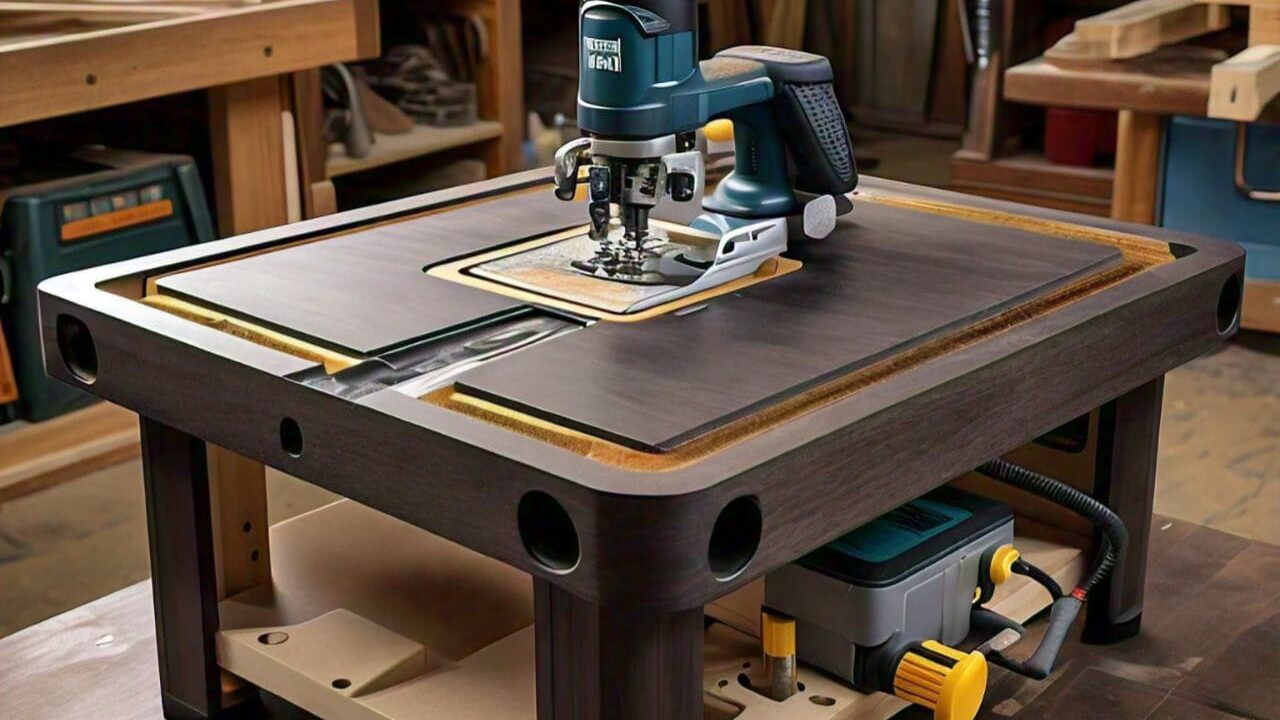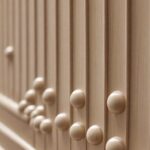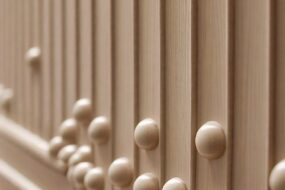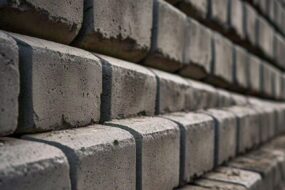
Introduction to Router Table
A router table deserves to be on this list because it is one of the most important tools for any woodworker or hobbyist. It gives firm support for fixing a hand-held router for its operations. This setup allows designers to create sharper cuts, outlines, and other shapes on the object in question. In a router table, the builder mounts the router upside down so that the router bit sits outside the tabletop. This configuration allows greater control over the workpiece, thereby improving the output that the process can attach.
Advantages of Having a Router Table
Router table is important in increase in truth ad that is more compared to when using hand-held router alone. It keeps the router steady as can be seen from the table below; thus minimizing or eliminating errors. This tool also presents a possibility of holding and operating the material with two hands, which is more secure and precise. The possibilities of a router table include edge forming and joining to name but a few; this versatility affords quality results. Router tables allow other accessories namely; feather boards, fences and stop to be installed. These attachments increase flexibility and extend the range of possible applications of the router.
Basic Parts of a Router Table
Various parts make up a router table; therefore, knowing these parts assists a neutral audience in making a proper purchase decision.
Tabletop
The tabletop creates the horizon that the material lays on. To make smooth and clean cuts, you need a nonflexible flat surface. Many manufacturers create these surfaces using various materials such as cast iron, MDF, or covered wooden tops. This material should not warp the tabletop and should give a smooth gliding surface over which the material can easily slide.
Router Insert Plate
This part of the workbench interlocks with the router and allows the router to sit at the appropriate position of the table opening. It has to be tight enough to hold the tube firmly, yet flexible enough so that the router can access the tube in order to stabilize or angle it. A typical router table has a pre-fitted plate that fits well with a standard router brand in the market.
Fence
This kind of cutting allows us to use a fence that helps ensure proper alignment or creates a straight line along the length of the material. It holds the wood in position to control any unintended movements during cutting. Mobile fences improve accurate distances for different sorts of cuts and upgrade the table handiness.
Miter Gauge
A miter gauge runs on a channel in the table’s top. Materials that are joined can be cut at an angle by their help due to certain instructions in the angling. A miter gauge is useful for striking precise shaving intricacies as it adds precision to your work.
Dust Collection Port
For dust management there is a port that connects to a vacuum system to suck dry throughout its operation the sawdust and debris. This feature enhances visibility, brings about reduced time of cleaning and ensures that the workplace is healthy.
Types of Router Table
The available router tables fall under three main categories in the market today. It depends with the type of work space you have, the requirements you have, and your pockets.
Bench top Router Table
A rigid table and router duo is versatile, and bench top router tables and portable router tables are comparatively small and lightweight. Some are mounted on a workbench or table and are therefore suitable for small scale operations. These tables are usually cheaper and portable too. They might not be as rigid as other bigger, single unit devices, and could be less sturdy.
Freestanding Router Table
Unlike portable router table models that require you attach legs on the base, you get to enjoy the added stability that comes with having dedicated legs for the router tables and the added working space that comes with the added tables size. These models are appropriate for professional or hobbyist woodworkers who have their own shop. Although the separate tables are much more costly compare to the other types of table they are more strong and have lots of features.
Extension Wing Router Table
Extensions wing router tables supplement a table saw, using it as their work surface for routing. This kind of installation facilitates space-saving and enables quick interchange between routing and sawing. Extension wing tables are very useful but they need compatible table saws for the table extension wings to be fitted on.
Important Considerations When Buying a Router Table
There are certain things do want to check to ensure that the purchased router table will be fit for use. These aspects have a part to play in defining the nature of table you will need in your workshop.
Build Quality
A router table must be as flat and stable as possible to provide the needed precision. We ascertained that the construction quality of the tabletop, fence, and insert plate determines the operating efficiency of the product. For example, cast iron is denser than aluminum, and as such it supplies increased stability to the table but at the same time it increases mass.
Compatibility with Routers
Make sure that the router table will allow the specific model of router that a person wants to use. Some tables include multiple insert plates to accommodate a variety of router sizes, while others designers intended to work with different accessories.
Adjustability
Check out the tables especially for easy height modifications in relation to the router bit. This feature enables users to switch between cuts at a high pace, and with precision without having to take out the router from the table. Users can easily adjust the fence and also the miter gauge contributes to the general flexibility of the table.
Table Size
The size of the work pieces that the router table holds determines its capacity. People broadly categorize many tables into two types. Designers create large tables for large materials, while compact workshops use small tables.
Price
Router table prices vary based on the size of the table, the type of material used in its construction, and the extra features it includes. Set your budget according to the amount of money you are willing to spend. However, investing extra time and money will help you find a good table. In general, it better to buy higher-end tables as they normally differ in durability and functionality of the product.
Common Uses for Router Tables
Router tables can be used with great effectiveness in a variety of woodworking operations. These comprise of edge profiling, joinery, and features. WOODWORKERS: Using router tables to make dovetail joints and box joints as well as mortise-and- tendon joints. Router tables are useful when one’s required to chisel complicated patterns on some stock or when using a consistent molding profile throughout a piece of wood.
Router Table Safety: Practical Advises
At the same time, people always regard safety as a concern, no matter what type of woodwork they are doing, and this applies to their use of a router table. You must wear eye protection and always wear ear protection. Avoid handling the router by standing far from the router and use pushing sticks or other barriers to close distance with the router. Make sure the material is attached to the fence so that it won’t fly back at you. Power off the wireless router first from the wall before disconnecting and reconnecting anything.
Conclusion
A router table is effective in increasing accuracy, flexibility, and security while working on your wooden project. No matter if you are a beginner or an expert in woodworking, having a good router tables allows doing some fine routing with no table shake. In selecting a router tables it is important to think about the construction and durability of the tables. The flexibility and capacity for change of the tables and whether it will work with your router. Many people do woodworking by hand, but when you have the right tool, you improve the quality of your work.









